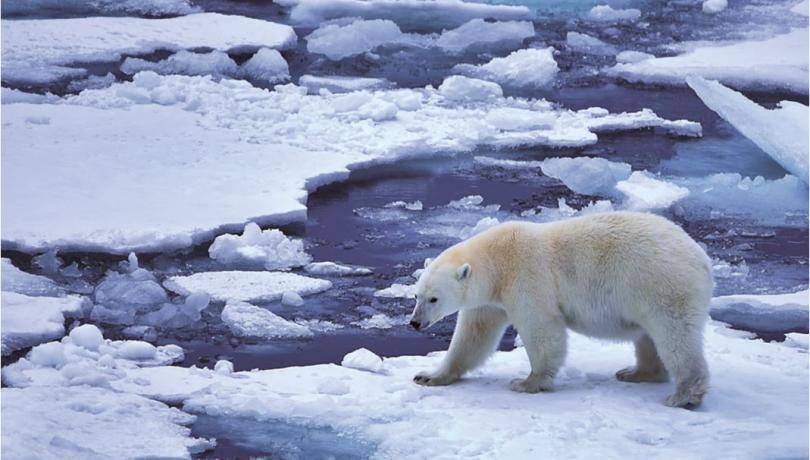07:19 am
Small satellite from The National Center for Aeronautics and Space Administration NASA aims to measure, for the first time in detail, Heat loss to space through the Earth's poles. The device took off on Saturday from New Zealand.
You might be interested in: “These awards raise the bar higher and higher”: Fernando Trujillo, Colombian Explorer of the Year according to NatGeo
The name of the thing fire before, The mission should improve scientists' predictions of climate change.
“This new information, which we didn't have in the past, will help us A model of what happens at the poles and in the climate. He said in a press conference in mid-May karine saint germain, Director of Earth-related scientific research at NASA.
The satellite, which is the size of a shoe box, was launched by the company's Electron rocket Rocket laboratory From Mahia in northern New Zealand.
The same company will later launch a similar satellite. Both will be used to make Far-infrared measurements over the Arctic and Antarctica, To directly measure for the first time heat emitted into space.
This phenomenon is “crucial because it helps balance Excess heat from the tropics regulates the Earth's temperature. explained Tristan Lecuyer, director of mission science at the University of Wisconsin in Madison.
“The process that transfers heat from the tropics to the poles is the origin of our meteorology,” he added.
Thanks to Prefire, NASA aims to understand How do clouds, moisture, or even the transformation of a frozen surface into liquid affect this heat loss?
Until now, the models that scientists use to predict Global Warming Tristan Lecuyer explained that these principles, regarding this parameter, are based only on theories and not on real observations.
“We hope to improve our ability to do so Simulating future sea level rise, He explained that “climate change in the poles will affect the meteorological systems on the planet.”
This satellite joins more than twenty NASA missions charged with observing the Earth, which are already in orbit.
Small satellites are called cubesat, Karen Saint-Germain explained that it represents a real opportunity to answer “very specific” questions “at a lower cost.”
He stressed that if traditional large satellites can be considered “general”, then these small devices can be compared to “specialized” satellites. “NASA needs both.”





